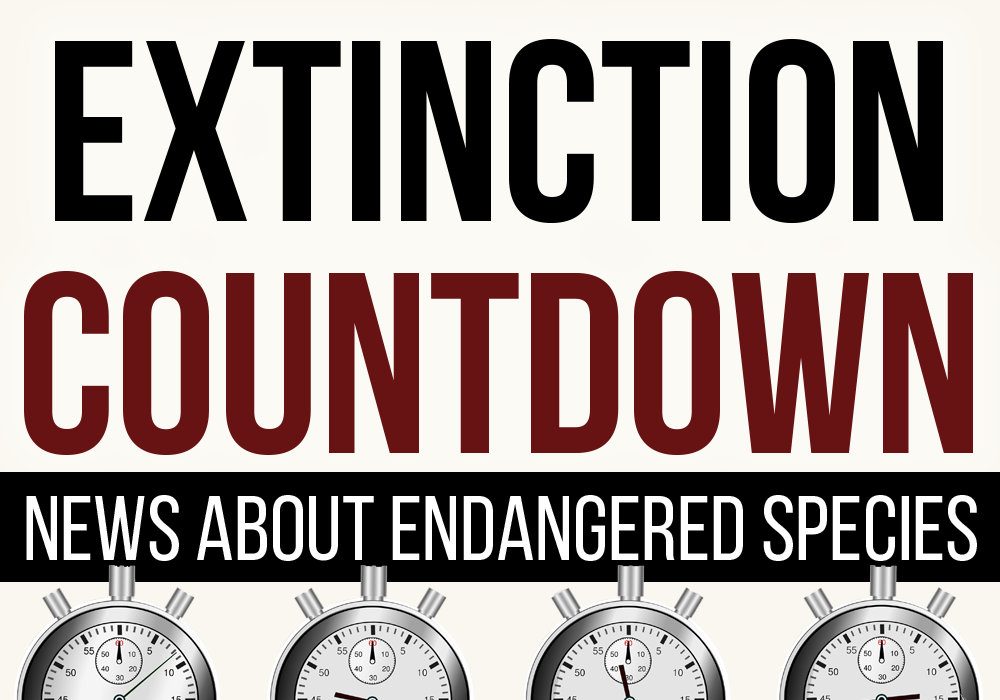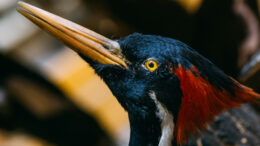“What do you believe?” Sea Change Radio host Alex Wise asked me before taping an episode of his program. “Is the ivory-billed woodpecker extinct?”
I shrugged. “I don’t know,” I said. “But I always default to hope.”
 Hope seems to be the operative word when it comes to the ivory-billed woodpecker. A new paper published this May claims to present evidence that the long-lost species still exists in an undisclosed location in Louisiana. If ever proven true, it would be quite the find. The ivory-billed woodpecker was last officially seen in 1944 and people have been looking for it ever since.
Hope seems to be the operative word when it comes to the ivory-billed woodpecker. A new paper published this May claims to present evidence that the long-lost species still exists in an undisclosed location in Louisiana. If ever proven true, it would be quite the find. The ivory-billed woodpecker was last officially seen in 1944 and people have been looking for it ever since.
Many experts, however, feel it will never be found. The U.S. Fish and Wildlife Service falls into that camp; in 2021 the agency announced its intention to declare the species extinct.
Will the new paper change anyone’s minds? It contains several grainy photos and indistinct videos, along with first-hand accounts that, while earnest, illustrate the shortcoming of eyewitness statements.
But as I discussed with Wise on his show, if the ivory-billed woodpecker still exists anywhere, this is the place it’s likely to be.
And if the species still exists, what does that mean? Could it finally be saved from extinction? What would it take to accomplish that Herculean task? Would the massive birds need to be taken into a captive-breeding program like the last California condors in the 1960s? Or could we somehow preserve (or recreate) enough old-growth forest for them to thrive in the wild once again?
Meanwhile, our discussion of the potential rediscovery of the ivory-billed woodpecker opened many other questions: What do we lose when we lose a species? What’s working in conservation? Could the cloning technology known as de-extinction help the planet? Why did I spend so much time talking about freshwater mussels?
You can listen to the full episode of Sea Change Radio below, or on your favorite podcast app:
![]()


